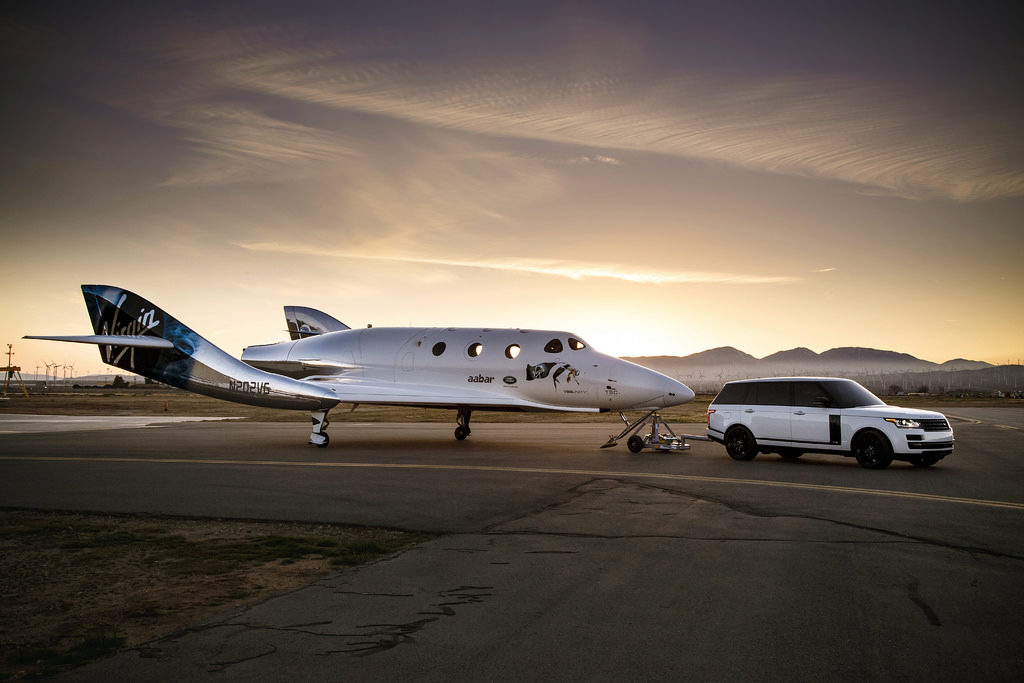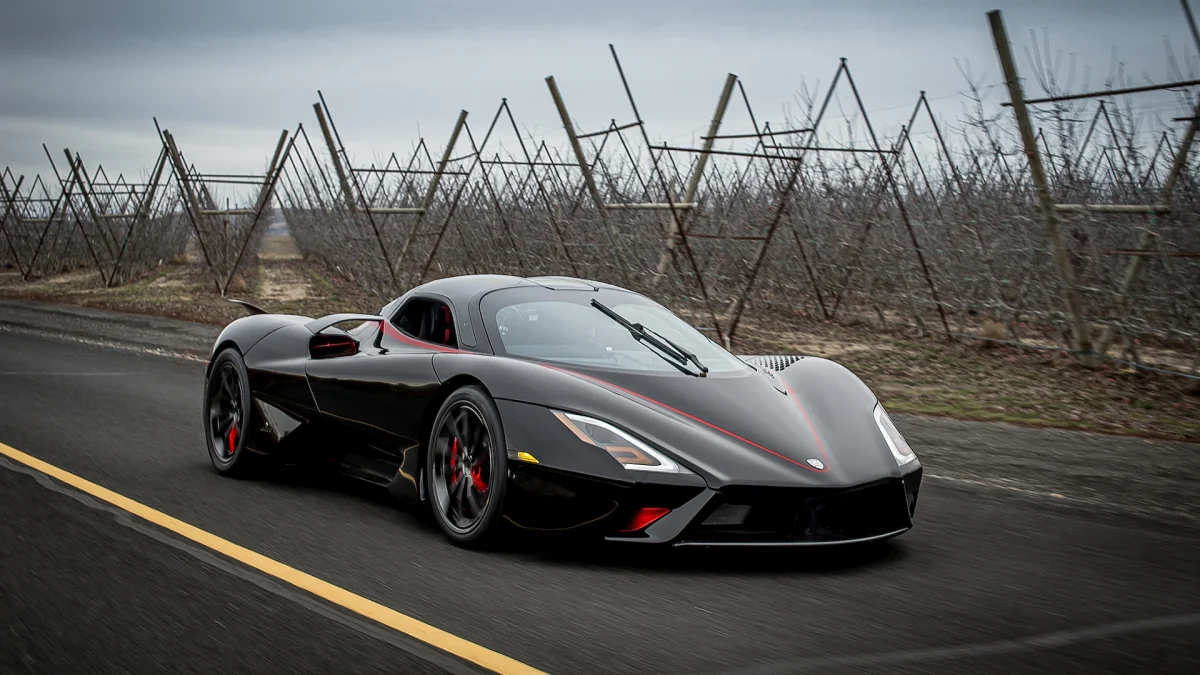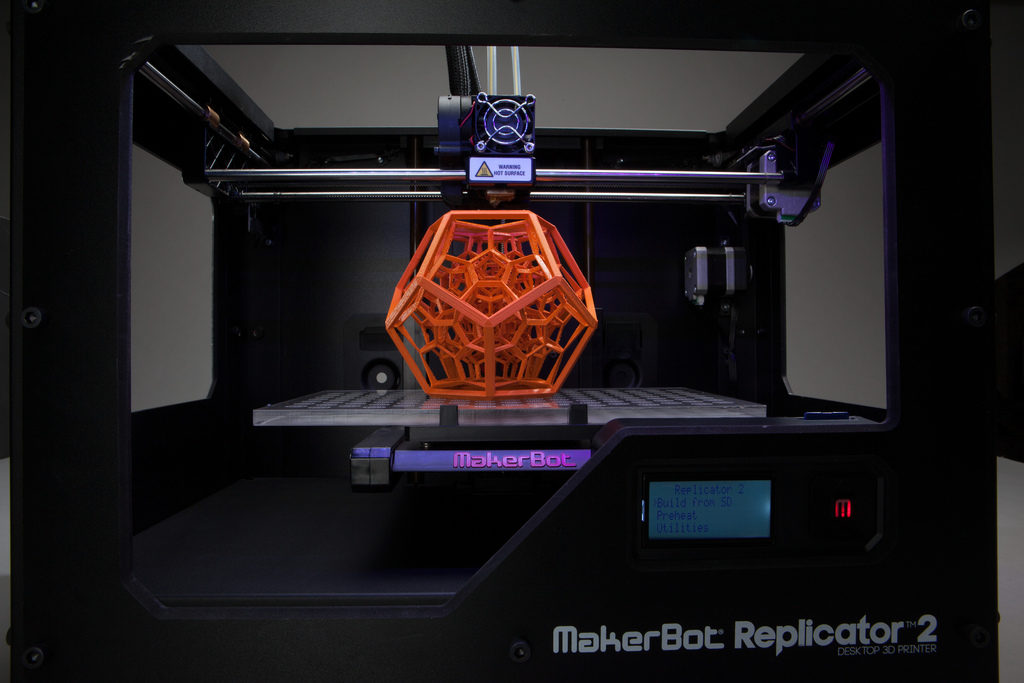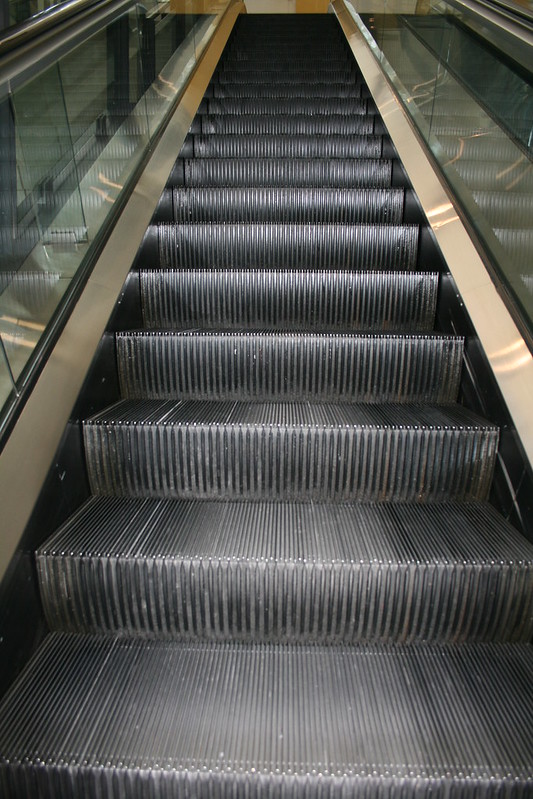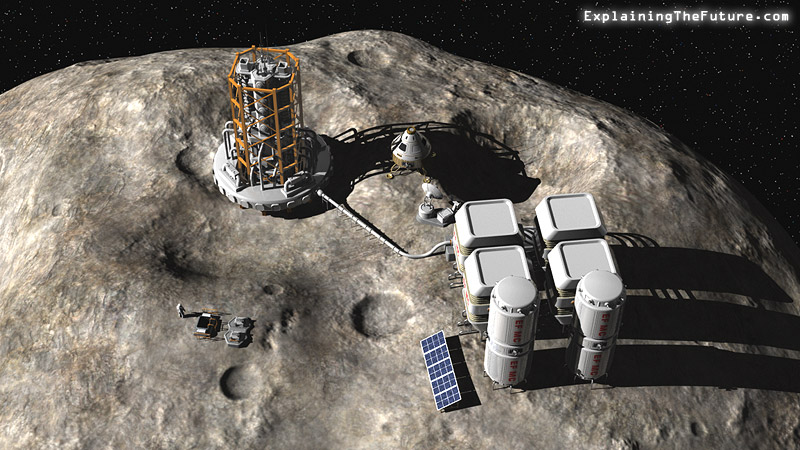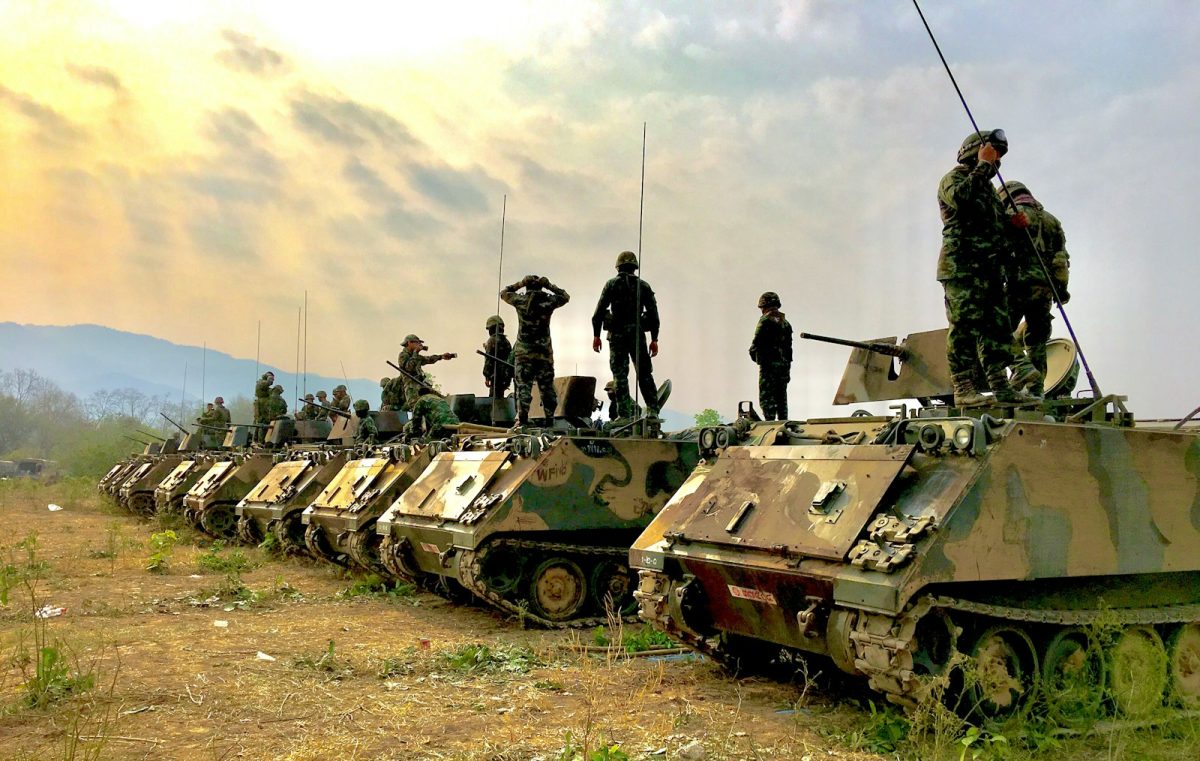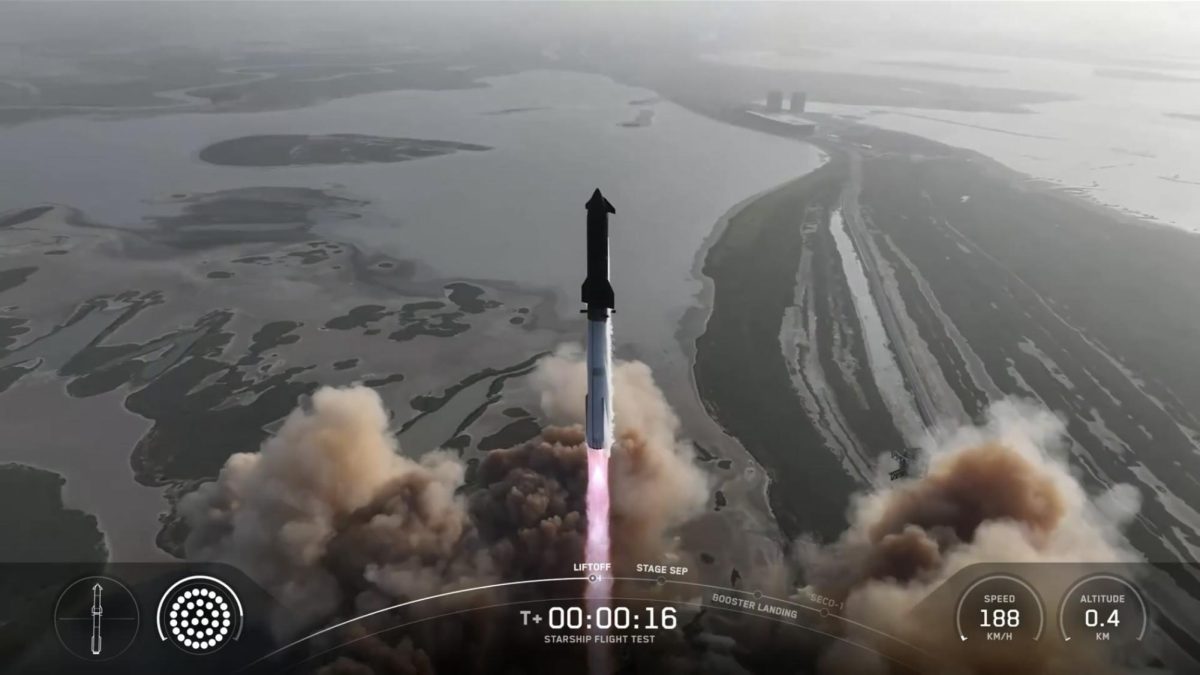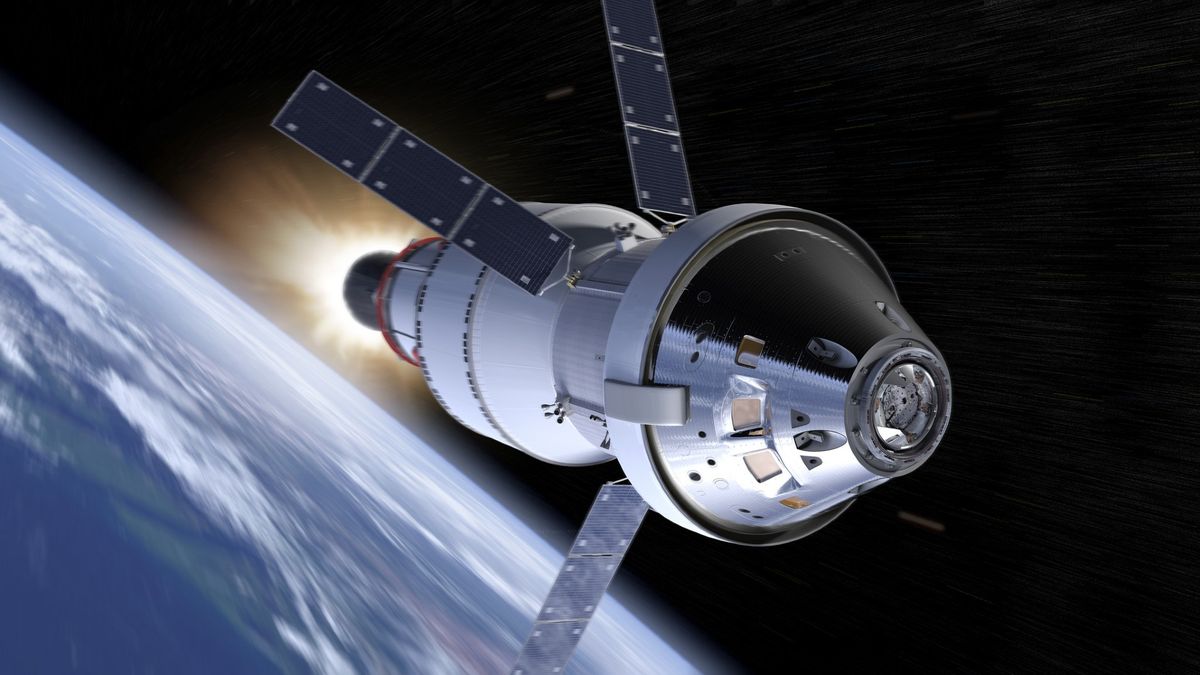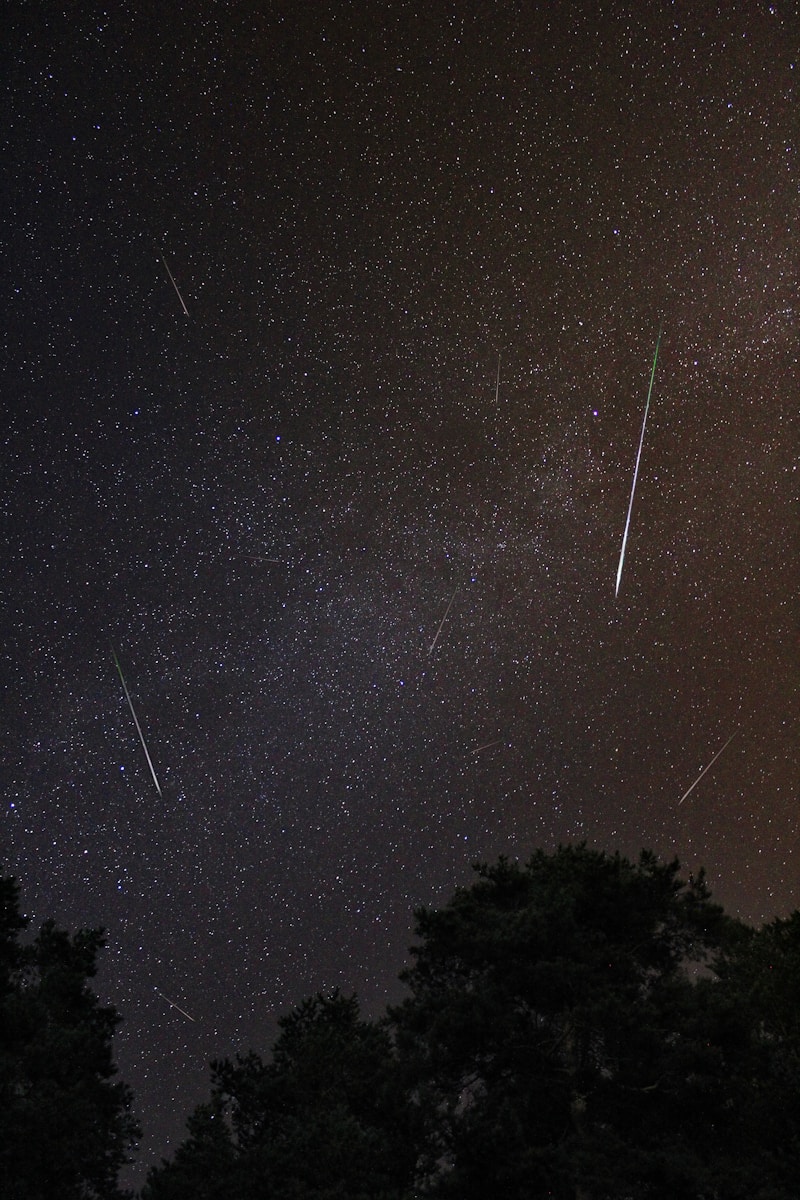So the last time Virgin Galactic fired a Rocket, one of the pilots died and the other one was put in a critical condition. It went better this time.
The powered rocket, in question, was taken up to a height of 46,500 feet. Then the section with the pilots, known as the VSS Unity, started to accelerate and broke the sound barrier (Mach 1.87). They then coasted for a while, until they reached 84,271 feet. The ship transformed into something resembling a badminton shuttle. It started zooming towards earth, until it reached 50,000 feet. It then turned back into a normal ship and they used leftover fuel to land. Below is a video of a test flight.
Here is how it works: After the main ship, known as WhiteKnightTwo, carries the section with the pilots up to a certain point, it then releases that section. The thrusters use two different types of fuel: One solid propellant (HTPB compound) and nitrous oxide (N2O). They accelerate for 30 seconds, in that time breaking the sound barrier. Eventually, they put up their “feather” system and it allows the ship to go back to earth nose down and allow for aerodynamic braking. They then transform back, and slow their descent with the remaining fuel, as you would.
Link to article: https://www.popularmechanics.com/space/rockets/a19694433/virgin-galactic-first-rocket-powered-supersonic-flight
This relates to engineering, specifically in the phase where you have the thing you are trying to build, and you test it to see how effective it is. This ship was based on the test that resulted in a fatal crash. This forced them to add several safety features, in response to their last test.
